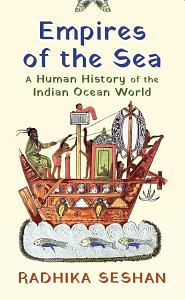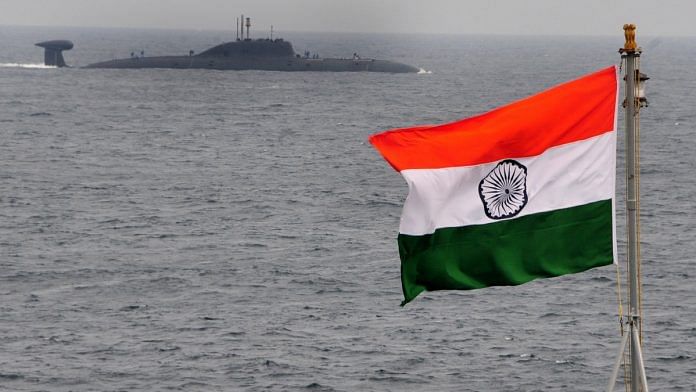Southeast Asia was another key market for Indian textiles. The networks of connections between the two territories have long been documented. There clearly existed a ‘complicated network of relations, both between various parts of each of the two great regions and within the two regions themselves’. When Portuguese traders arrived in the area in the early sixteenth century, Gujarati merchants dominated the trade with Melaka from the port of Cambay. Commercial links between South Asia and Southeast Asia were so strong that according to the Portuguese apothecary Tomé Pires, Melaka could not ‘live without Cambay, nor Cambay without Malacca’.
Textiles were key in such a pattern of intra-Asian trade. Javanese and Malays, for instance, would not accept any other products apart from textiles in exchange for foodstuffs and spices. Coromandel coarse cotton was particularly important in this trade. Burma (Myanmar) exchanged rice and silver from Pegu for the textiles traded by Bengali merchants. Furthermore, an overland caravan trade connected India with continental Asia. In the 1660s, 25,000–30,000 camel loads of cotton material from India reached Persia every year.
Cotton, and the maritime cotton route, was one of the major linking factors of the ‘empires’ of trade and maritime connections. What were the routes followed across the seas? On the east coast, ships would leave from any of the ports along the coastline, such as Tamralipti, Arikamedu, Kaveripattinam, etc., southwards towards the Sri Lanka coast. They would then cross the Bay of Bengal using the ten-degree Channel, which separates the Andaman from the Nicobar islands in the Bay to reach the coast of Thailand. From there, ships could sail through the Straits of Melaka to Sumatra or Java and continue into the South China Sea and beyond. Alternatively, they could cross the Bay of Bengal south of this channel, and then go through the Aceh strait to reach Kedah in Malaysia. It has been suggested that one of the earliest routes to be used went from the Tamil Nadu coast to Sumatra.
Also read: One thing all education ministers under Nehru aimed to do—make Indians doubt ancient values
On the return journey, ships would normally sail directly to Sri Lanka from the Southeast Asian countries before going up the Indian coast. Another option, particularly for the northern Bay of Bengal ports, was to cross over to the Burma coast and then proceed south along that coastline to the Melaka Strait and beyond. Between October–November and February, the northeast monsoon winds helped ships voyage from the east coast to Sri Lanka and across the Bay of Bengal; between May–June and September, the southwest monsoon helped ships on the return journey. For the west coast, the sailing season was, of course, different.
Here, this season ended by April or early May at the latest and resumed only in October or November. From the Persian Gulf, Red Sea and the East African ports, the peak season for sailing to Gujarat and Malabar was between November and April. After that, some amount of coastal voyaging was possible, but Kachchhi (or Kutchi) sailing manuals say that no vessels would leave for Malabar after 10 May, a clear indication that the monsoon winds had set in.
In the seventeenth century, English records talk of ships leaving the Persian Gulf or the Red Sea at the time of Navroz, the Parsi new year festival (usually in the second or third week of March), and reaching Surat in twenty-one days or less. Wind directions have been extensively mapped today, but it should be remembered that this knowledge was always available among the mariners of the coast, even if it was not written down. Linked to the winds are, of course, the currents, all of which were well known and widely used from early times. Both archaeological and textual records demonstrate the extent of movement across the western and the eastern parts of the ocean to and from the Indian coasts over an extended period.
 This excerpt from Radhika Seshan’s ‘Empires of the Sea: A Human History of the Indian Ocean World’ has been taken with permission from publisher Pan Macmillan India.
This excerpt from Radhika Seshan’s ‘Empires of the Sea: A Human History of the Indian Ocean World’ has been taken with permission from publisher Pan Macmillan India.



